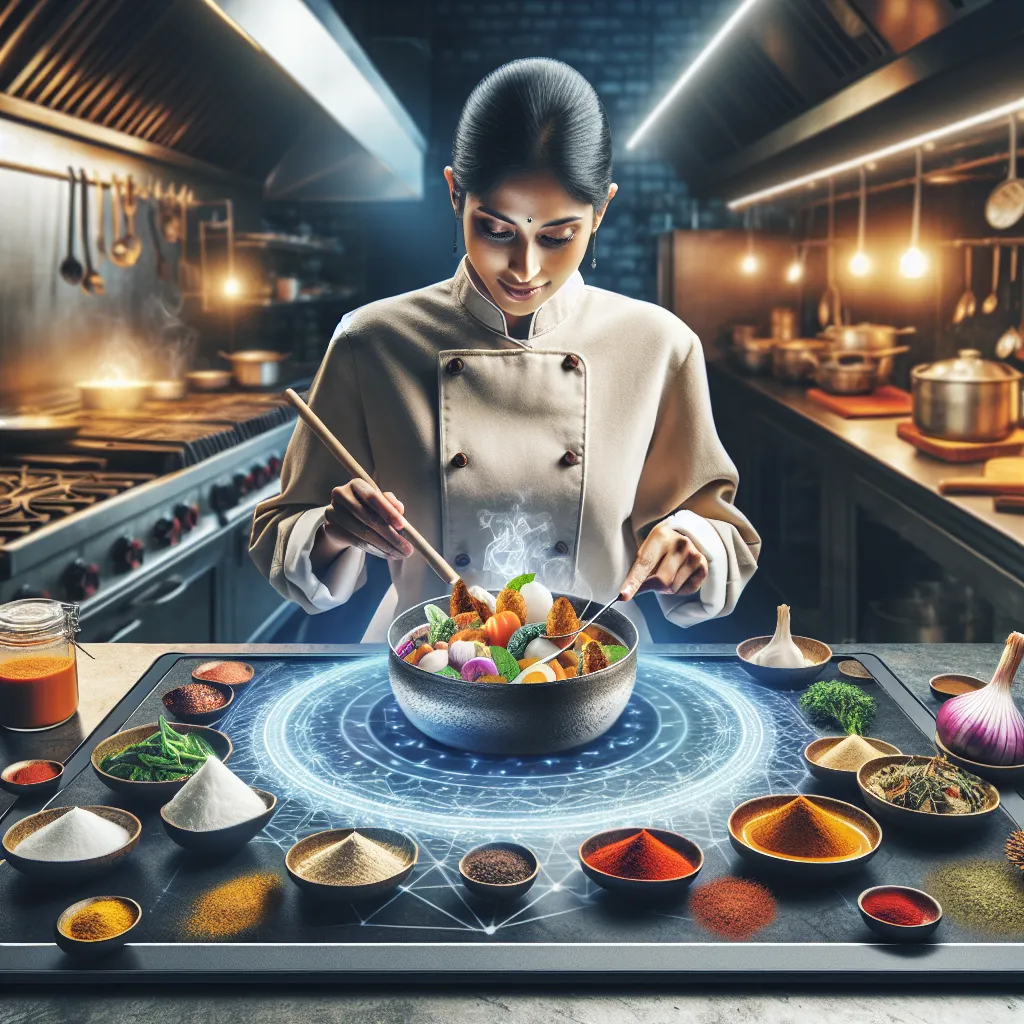The Marriage of Tradition and Technology: Crafting Culinary Classics
When it comes to reinventing culinary classics, the marriage of tradition and technology plays a pivotal role in shaping the future of gastronomy. As chefs and food enthusiasts seek to preserve traditional flavors and techniques, they are also embracing innovative tools and methods to enhance the culinary experience.
Technology has revolutionized the way we approach cooking, allowing for precision, consistency, and efficiency that were once unimaginable. From precision sous vide cooking to utilizing 3D food printing for artistic presentations, the marriage of tradition and technology has opened new doors for creativity in the kitchen.
However, it’s essential to maintain a delicate balance between tradition and technology. While innovation can elevate classic dishes, it’s crucial to respect the roots from which these dishes originated. Chefs are leveraging technology to refine traditional processes rather than replace them entirely, ensuring that the essence of the dish remains intact while presenting it in a new light.
Ultimately, the integration of tradition and technology in the culinary world allows for the preservation of heritage while inviting exploration and evolution. It’s a harmonious fusion that honors the past while embracing the future, resulting in an exciting culinary landscape that bridges the gap between the old and the new.
Reviving Heritage Recipes: A Modern Twist on Traditional Dishes
Reviving heritage recipes with a modern twist has become a popular trend in the culinary world, as chefs seek to preserve traditional dishes while infusing them with new creativity and innovation. This approach allows for the preservation of cultural culinary heritage while also appealing to modern palates and lifestyles. By reimagining classic recipes, chefs are able to breathe new life into age-old dishes, keeping them relevant and exciting for contemporary audiences.
One example of this trend is the reinvention of traditional pasta dishes. While staying true to the authentic flavors and techniques, chefs are introducing innovative ingredients and cooking methods to create a unique dining experience. This fusion of tradition and innovation not only pays homage to the culinary roots but also showcases the adaptability of traditional recipes to suit modern tastes. It’s a delicate balance of honoring the past while embracing the future of food.
Furthermore, the modern twist on traditional dishes extends beyond the flavor profile to include presentation and dining experience. Chefs are incorporating new plating techniques, exploring innovative serving styles, and leveraging social media to showcase these reimagined classics. This blend of tradition and innovation not only delights the taste buds but also engages diners through visually appealing and immersive culinary experiences.
In conclusion, the revival of heritage recipes with a modern twist represents a harmonious convergence of tradition and innovation in the culinary world. By preserving the essence of traditional dishes while infusing them with creativity and contemporary elements, chefs are reinventing culinary classics to captivate and inspire food enthusiasts around the globe.
Innovating in the Kitchen: Balancing Old and New in Culinary Traditions
When it comes to reinventing culinary classics, the balance between tradition and innovation plays a crucial role in shaping the future of gastronomy. In today’s ever-evolving culinary landscape, chefs and food enthusiasts are continually exploring new ways to honor traditional recipes while infusing them with a modern twist.
One of the key aspects of innovating in the kitchen is finding the equilibrium between preserving the authenticity of classic dishes and embracing the creative possibilities offered by modern techniques and ingredients. This delicate balance requires a deep understanding of the cultural and historical significance of traditional recipes, as well as a willingness to experiment and push the boundaries of culinary norms.
Chefs are increasingly leveraging technology and culinary science to revitalize age-old recipes, using innovative cooking methods and unconventional flavor pairings to breathe new life into familiar dishes. However, while embracing innovation, it is essential to respect the essence of the original dish, ensuring that the reinterpretation pays homage to its roots.
Furthermore, the concept of reinventing culinary classics extends beyond the realm of professional kitchens, with home cooks also seeking ways to put a contemporary spin on traditional meals. This trend has led to a fusion of old and new culinary practices, resulting in a rich tapestry of flavors and techniques that encapsulate the spirit of innovation within the framework of tradition.
In conclusion, the reinvention of culinary classics hinges on the harmonious integration of tradition and innovation. By striking the right balance between preserving cultural heritage and embracing the advancements of the modern culinary world, chefs and home cooks alike can continue to propel gastronomy into exciting and uncharted territories while paying homage to the rich tapestry of culinary traditions.
The Evolution of Flavor: Exploring Contemporary Adaptations of Time-Honored Recipes
When it comes to culinary classics, the evolution of flavor plays a crucial role in keeping traditional dishes relevant in the modern gastronomic landscape. Chefs and food enthusiasts alike are constantly exploring contemporary adaptations of time-honored recipes, infusing them with new perspectives and techniques while preserving the essence of the original flavors.
One notable trend in the reinvention of culinary classics is the thoughtful incorporation of innovative ingredients to enhance traditional recipes. Chefs are experimenting with unconventional spices, locally-sourced organic produce, and artisanal dairy products to add depth and complexity to familiar dishes. This approach not only revitalizes the flavor profiles but also introduces a new layer of sustainability and locality to these time-honored recipes.
Furthermore, the evolution of flavor extends to the techniques and processes used in preparing classic dishes. Modern kitchen equipment and methods such as sous vide, molecular gastronomy, and smoking guns are being employed to elevate the taste and texture of traditional meals. By embracing these contemporary culinary technologies, chefs can breathe new life into age-old recipes, offering diners an intriguing juxtaposition of heritage and innovation on their plates.
In conclusion, the exploration of contemporary adaptations of traditional recipes is a testament to the dynamic nature of cuisine. The evolution of flavor through the integration of new ingredients and cooking techniques ensures that culinary classics remain vibrant and enticing in today’s culinary landscape.




